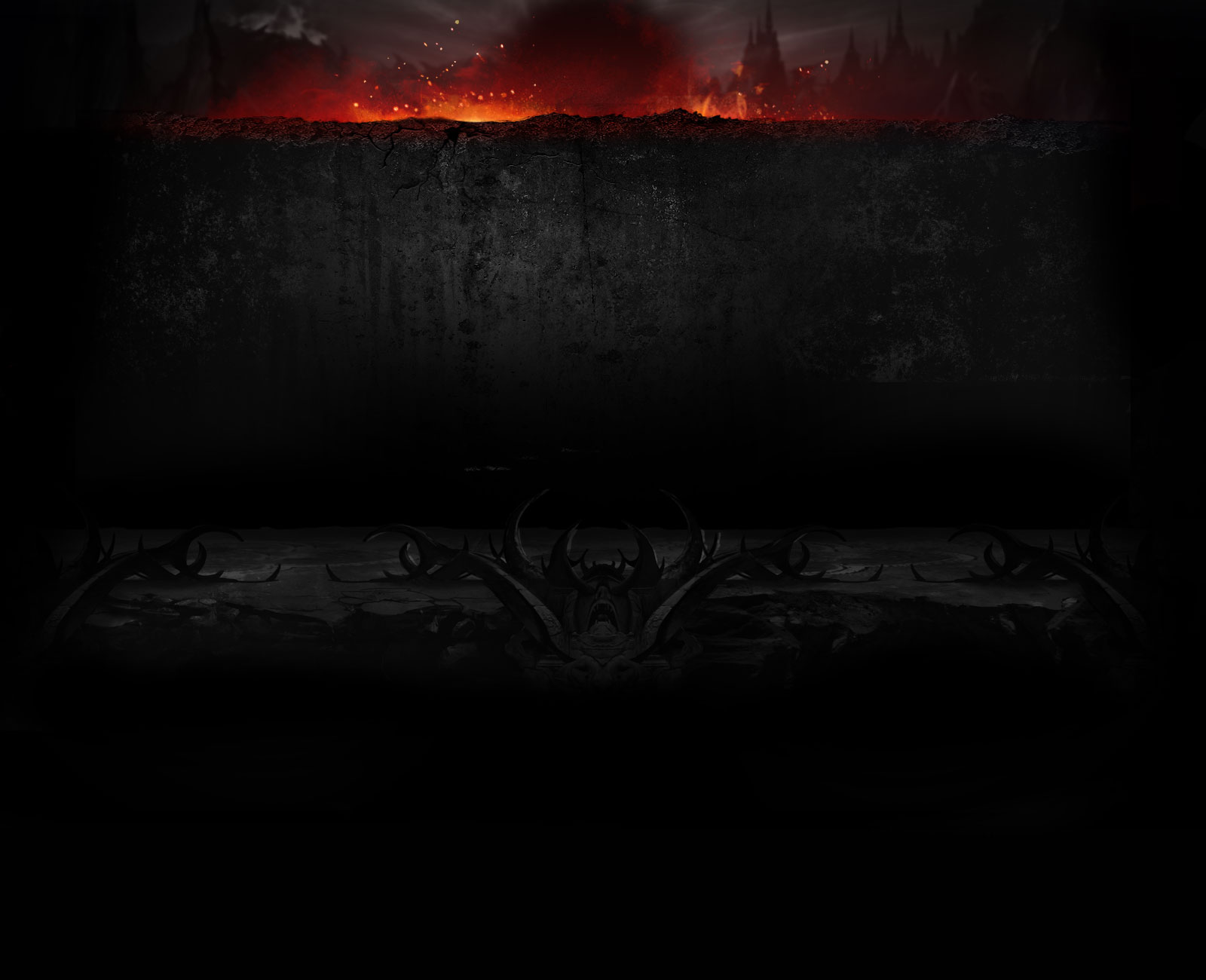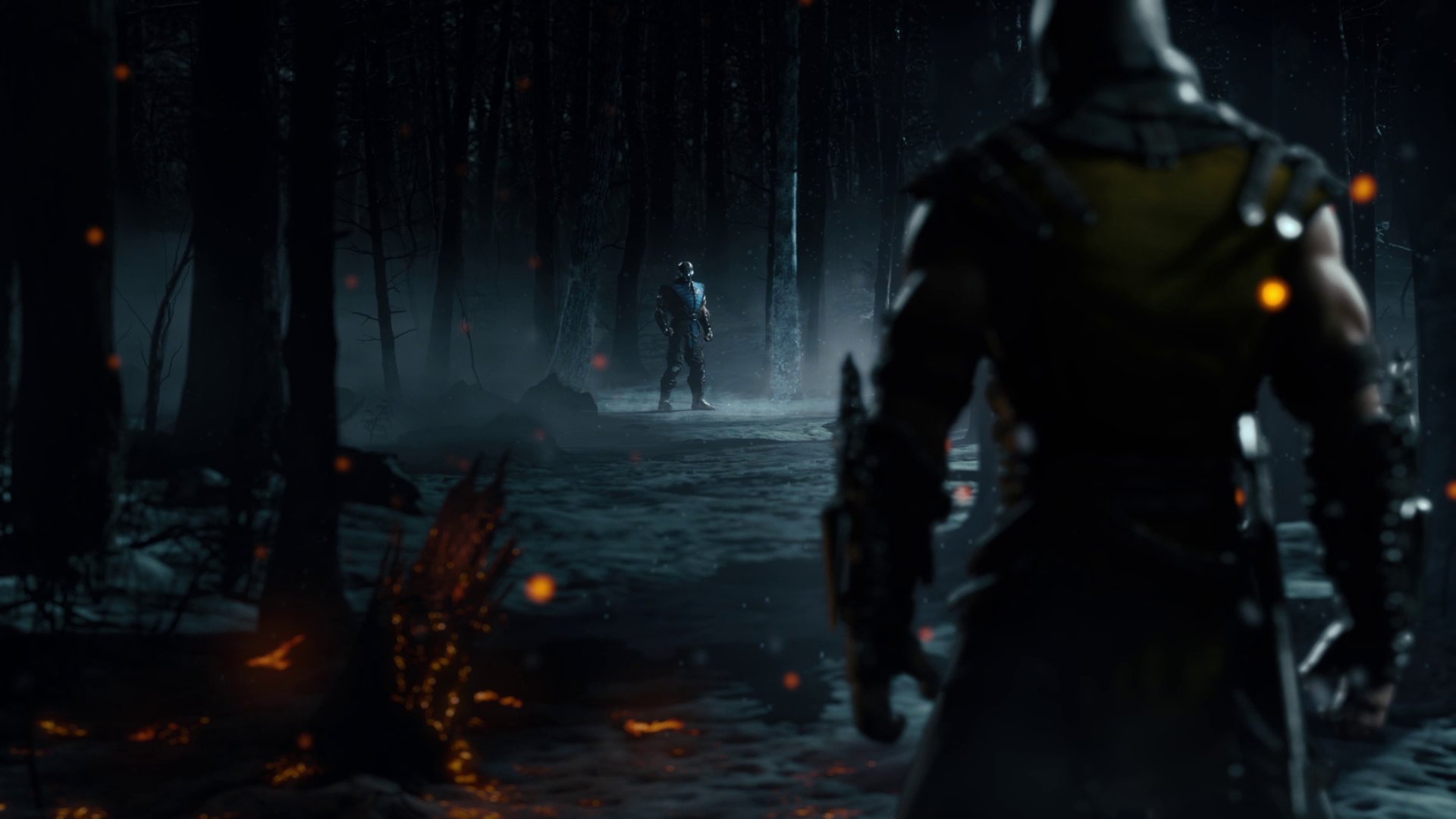If you're new into the world of advancing gaming, this might be a good way to start, also if everyone is to start fresh in MKX with no hidden or unfair advantage, this is something that everyone should know so they can know what to look for when they get their hands in the game.
Be wary that frame data is not 100% correct at this point in the game, but that doesn't mean that the principle will not apply after the day 1 patch, on the contrary it will, more so when the data get corrected.
Of course top players will take a huge advantage over this, but will help new guys to understand what's going on before start crying to nerf something.
Without further delays, MKX runs at 60 frames per second, meaning that at ever 1 second in real time, 60 frames will run in the game.
State 0, or Neutral state = Its a technical term in M.U.G.E.N or fighting games to define all stances from a fighting game, during the state 0 the character is free from any draw backs, it means the Player has the control over the character at that exact moment and he can block, attack move at any moment. So when the fight word fades, both characters starts at State 0.
This is what you will see on the frame data screen:
The MKX only gives you 6 options of Frame Data statistics so before i go any further into this i will explain first what each one of this statistic means, then i will explain something else that MK9 veterans might have noticed at this point.
Start-Up: Means the time (in frames), the first active frame from an executed move (in other words the time it takes for the opponent to get hit by your normal, or special move instants after your press the button) takes to activate.
- In MKX, the fastest normals are 5 frames startup, not 6 like in MK9
Active: It means the time that move will remain active until it fades or hits anything that can be hit by it. (in other words, by this time you can't touch that move until the active frames fades, but armored moves will still beat regular active frames)
- In MKX normals remain active from 1 to 13 depending of how powerfull they are, generally normals with longer active frames are also really unsafe on block or whiff.
Recover: Its the time a normal special, even throws will take to return to the state 0, also known as the stance mode, so for this period of time that a move is recovering from being used, the one recovering can't block, or cancel it.
- In MKX moves on whiff have a good chunk of recovery frames, be aware of what you put in the screen.
Block advantage: Block advantage defines the time the defender has to stay on a blockstun, block advantage goes two ways, it can either be positive (+) which is advantage for the attacker, or it can be negative (-) which means advantage to the defender.
- So if P1 string is -10 on block, it means that P1 is vulnerable for 10 frames at the instant his blockstun fades away, in this period of time P2 can input a 9f moves or lower to catch P1 before he has time to recover from this attack. This action is called Punish.
- In MKX, there is a new propriety that allows any character to block on the last negative frame, so startup attacking frames that matches the same number of blockstun won't punish it, so 10f moves won't punish -10f of disadvantage.
Hit Advantage: It the time P2 will take to return to the state 0 after getting hit.
Cancel: Its the advantage given to the attacker when he cancels his move with another move.
Now that we got all this out of the way let me explain this into a more deeper way.
Some of you may or not have noticed that MKX doesn't offer Cancel advantage on Hit and Cancel advantage on block, but those are crucial if you want to understand the frametraps and links your opponent can or cannot do to you, that its not weird, it means that now you have to do some equations to find out cancel on hit and cancel on block.
So how do you do that?
Cancel advantage is one of the most important datas in the game, it can tell you if P1 strings is indeed a blockstring or just a frame trap.
So what is a blockstring?
Blockstring is when a move canceled into another move doesn't leave any gap between the cancel and startup frames, forcing you to block the whole thing during the process.
How to find out if my opponent is doing a blockstring on me?
In MKX almost all strings and normals can be canceled, and there are some that can't be canceled, lets look at the new Scorpion gravedigger (1,2,3) dial string:
It used to be a 2 hits string (2, 1+2), now its a 3 hits string in MKX:
Each one of part of this string has startup, active frames, recovery, block adv, hit adv and cancel adv. You want to find out if there is a gap on this string or if its a true blockstring, this is how you do it:
Cancel + block adv = blockstun.
Now you get that blockstun and compare if the startup frames of the next attack in line reaches before, on time or after the blockstun fades
So standing 1 is 8f startup, on block is 0 frames, and canceling is 11frames.
0- 11 = 11f blockstun
1, 2 (the next attack in line) is 6 frames startup, meaning that it reaches the opponent before the blockstun of cancel advantage fades so 1, 2 is a true blockstring, and has a cancel advantage of 16 frames and a block adv of -10 frames.
16-10 = 6f blockstun
1, 2, 3 (the final attack in line) is 8 frames meaning that it will not connect the opponent before the blockstun fades, so gravedigger (1, 2, 3) its not a true blockstring there is at least a 2 frame gaps where you can armor trough the last part of the string and expose scorpion for not know knowing this, making him less reckless and actually check your meter before doing that string again.
The same principle can be applied into normals or strings canceled into specials or run cancels, if you know how long it takes to start and cancel a run, or special, and their next attack in line, you will be able to determinate the blockstun find the gap and defend yourself accordingly.
Start MKX big, like an educated player.









